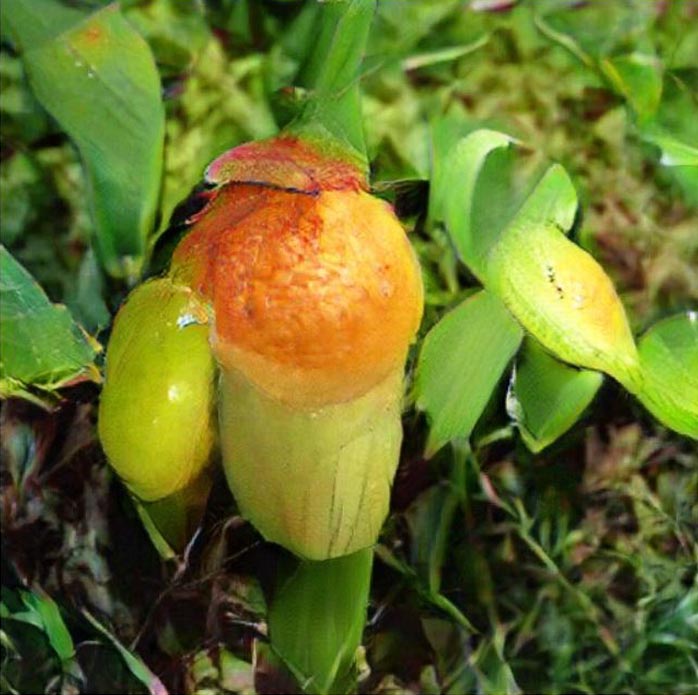The project Riding the Storm explores
this web of pitfalls, challenges,
promises and hopes of our "postmodern"
life. One particularly treacherous
promise is the promise of the images we
have been presented with for
generations.
The romantic image
of the apocalypse from the 1970s has not
succeeded in holding up in the flood of
events of recent years. But the events
became a flood of data.
And we
thought they were just images.
xxxx
We are deeply stuck in
dependencies and patterns. Freedom looks
different.
Visual information is assigned to different levels in the brain according to its relevance for survival. Important, fast-moving information goes directly to the amygdala, a part of the brain that is responsible for recognising danger, among other things. Here, the information is processed quickly, compared with emotions and, in the event of danger, the vital decision is made in a fraction of a second: Fight or run away (or, as the more familiar English expression puts it: fight or flight). The observer is in a state of highest emotional tension; long reflection is simply not possible.
...is simply not possible...
But in order to
be able to act in a future-oriented way,
it is necessary to deal with the issues,
to understand the connections. Only then
can necessary, sustainable decisions be
made.
A
first step of resistance is therefore
reflection, research, knowledge
accumulation. The
term information pathology

